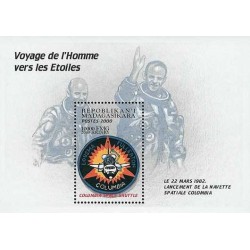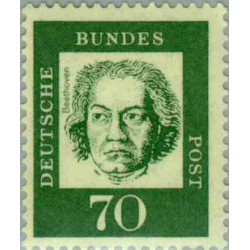- جدید
- ناموجود



توجه : درج کد پستی و شماره تلفن همراه و ثابت جهت ارسال مرسوله الزامیست .
توجه:حداقل ارزش بسته سفارش شده بدون هزینه پستی می بایست 180000 ریال باشد .
توجه : جهت برخورداری از مزایای در نظر گرفته شده برای مشتریان لطفا ثبت نام نمائید.
María de Maeztu Whitney (18 July 1882, Vitoria - 7 January 1948, Mar del Plata, Argentina) was a Spanish educator, feminist, founder of the Residencia de Señoritas and the Lyceum Club in Madrid. She was sister of the writer, journalist and occasional diplomat, Ramiro de Maeztu and the painter Gustavo de Maeztu.

María was the fourth of five children born in Vitoria the capital of the Basque province of Álava. Her father, Manuel de Maeztu Rodriguez was a Cuban engineer and landowner from Navarre who had met her mother, Joan Whitney, the daughter of a British diplomat[citation needed] in Paris, when she was sixteen. Maria's parents never married.[1] In 1889 the unexpected death of her father in Cuba led to confusing administrative problems and the family was left in ruins. Her mother, a fragile but enterprising woman with a strong personality, took her three sons and two daughters to Bilbao and, in 1891, set up a residential school for girls to study French and English and improve their cultural skills. María started teaching at her mother's Anglo-French academy and then began to teach in the public schools of Bilbao. In 1903 she accepted the Ayuntamiento of Bilbao's post as director of the newly established night school for adults and also served as director of kindergarten (1902–1912). She created summer school colonies and focused on secular education which garnered her many enemies. Her fame became so widespread that, despite her youth, she was invited to share the stage with Concepción Sáiz, Miguel de Unamuno and other academicians at the Exposición escolar de Bilbao (Exhibition of Scholars) in 1905.[2]
María was an eloquent speaker and her knowledge of languages placed her in a position to represent Spain at international congresses and to import examples of Anglo-Saxon feminist associations. Without interrupting her work in Bilbao she studied Philosophy and Literature at the University of Salamanca as an unofficial student of Miguel de Unamuno. In the summer of 1908 the Board for Advanced Studies sent her as a delegate to observe the Education Section of the Franco-British Exhibition in London.[3] Later she went on a lecture tour of the United States, Great Britain, Argentina, Cuba and other Spanish cities including University of Salamanca, where she became a disciple of Miguel de Unamuno, and the Complutense University of Madrid where she met Ortega y Gasset.
In 1915 María backed by the Junta para Ampliación de Estudios (Board for Advanced Studies) founded the Residencia de Señoritas in Madrid. Governed by the same rules as the Residencia de Estudiantes that had opened in 1910 for men, it became the first official center in Spain whose main objective was to encourage women's participation in advanced education, by providing accommodation for female students. She was its first director and with lectures, poetry readings, musical and theatrical recitals she attracted such intellectuals as Ortega y Gasset, Juan Ramón Jiménez, Victoria Ocampo, etc. as guest speakers. There Unamuno read his play Raquel encadenada (Rachel Enchained) and on March 16, 1932 Federico García Lorca read Poet in New York, his new collection of poetry not published until 1940. Lorca found the atmosphere pleasing and later held the rehearsals for his direction of Blasco Ibáñez's La Barraca at their auditorium. Other supporters and guest lecturers included, Rafael Alberti, Luis Jimenez de Asua, Gregorio Marañon, and Ramón del Valle-Inclán.
تشکر نظر شما نمی تواند ارسال شود
گزارش کردن نظر
گزارش ارسال شد
گزارش شما نمی تواند ارسال شود
بررسی خود را بنویسید
نظر ارسال شد
نظر شما نمی تواند ارسال شود

check_circle
check_circle















